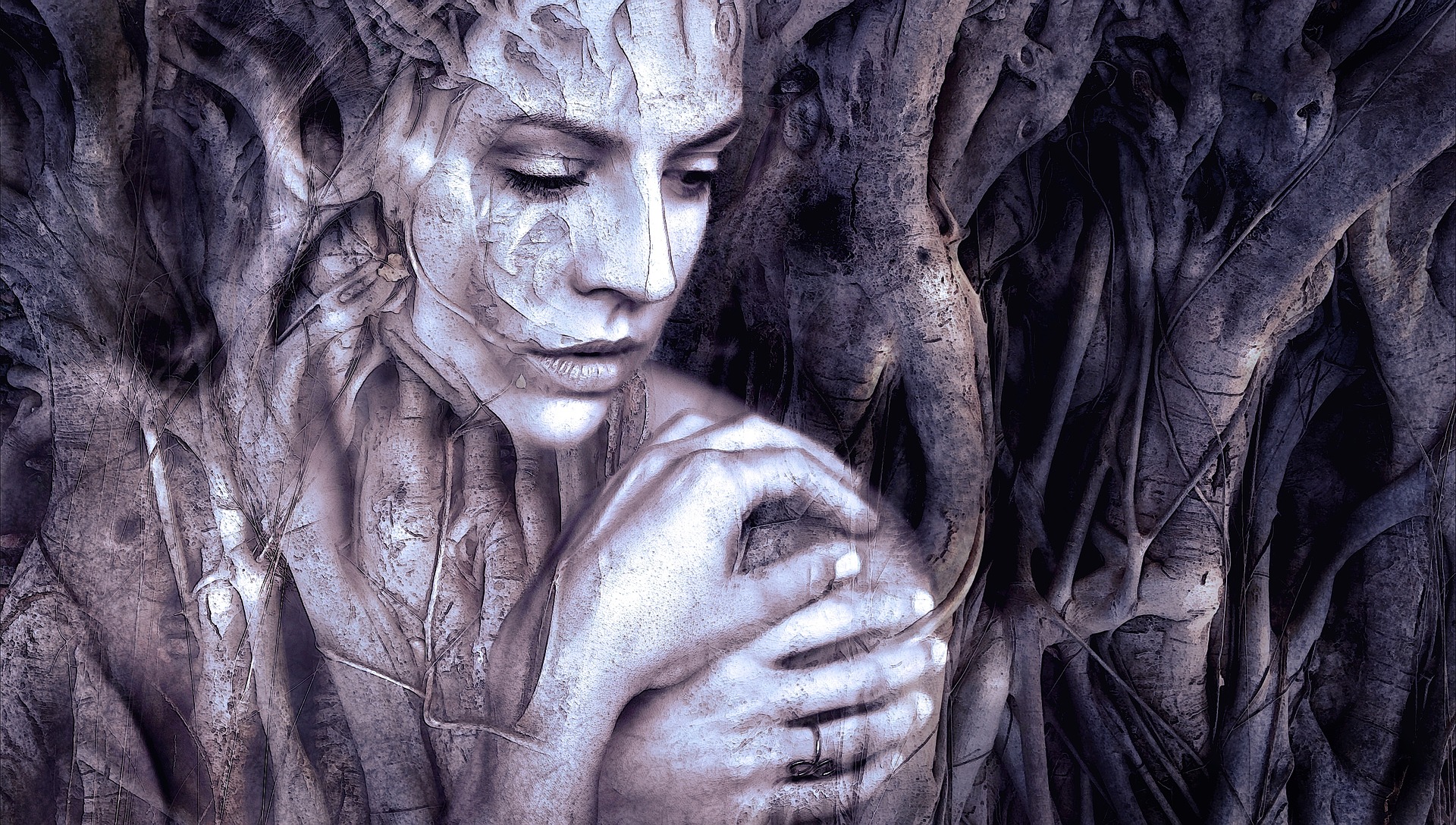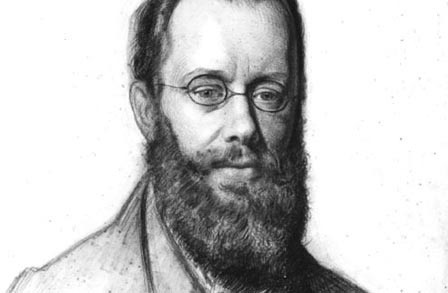Emily Dickinson’s poems are mostly her letters to her sister-in-law and father, where she writes about things that she has come across. Looking at her collection of poems, it is clear that she is a person who is in love with nature, and is often left mesmerized by the smallest of living being or something which is as immense as a sea. In this poem analysis, I am going to look upon “A narrow fellow in the grass”, where she describes her encounter with a snake in her garden.
A narrow fellow in the grass
Occasionally rides;
You may have met him,–did you not,
His notice sudden is.
In this quadrant, Dickinson talks about a snake that she had seen on the grass, and personifies it to a “fellow”. This kind of writing could mean that she gave importance to the patriarchal society and importance of men in her writing. She describes how suddenly a snake appears to our eye-sight. The term “you” engages the reader with the poem, as it is like the poet is directly addressing the reader of the poem.
The grass divides as with a comb,
A spotted shaft is seen;
And then it closes at your feet
And opens further on.
In these lines, the poet uses imagery tools to describe the movement of the snake and how it looks. The first line, “The grass divides as with a comb” shows the swift movement of the snake in the grass, which opens the blades of the grass like of a comb. The lines, “And then it closes at your feet And opens further on’ describes the curiosity of Dickinson towards the snakes, and how she slowly follows it movement through the grass, she describes how the division of the blades of the grass opens further, as the snake moves further, and closes at her feet, where she is standing on the grass, a little distant from the creature.
He likes a boggy acre,
A floor too cool for corn.
Yet when a child, and barefoot,
I more than once, at morn,
She refers to the snake as a man, using “he” in her lines. In these lines, she describes about spotting a snake in a marshland. She says that the snake likes places that are mostly neglected and are devoid of human presence. The lines “A floor too cool for corn” are like a sarcasm, or description, about human nature, where they try to utilize every plot of land for their needs; and clearly a “boggy acre” is of their no use. In the last two lines, the poet brings a memory from her childhood, where she had once seen a snake in an early morning when she was roaming around on the ground barefoot.
Have passed, I thought, a whip-lash
Unbraiding in the sun,–
When, stooping to secure it,
It wrinkled, and was gone.
These lines are a continuation of her memory of her childhood, and an encounter with a snake. She describes it as a whiplash passing on the ground. She explains it movement as “unbraiding”, which is a beautiful imagery here. It brings out an image of the swift movement of the snake; the zig-zag movement with larger curves, which looks like a braid has been set loose to open. Dickinson says that she wanted to secure the snake, or to touch it. But the snake moved faster, as its movement was more like a passing “wrinkle” and it disappeared.
Several of nature’s people
I know, and they know me;
I feel for them a transport
Of cordiality;
In these lines, she personifies animals and trees. These lines can be easily mistaken for her friends who are admirer of nature as she is; but reading the lines twice, you would understand what exactly Dickinson meant. She says that feels warmth in her heart for all the elements of nature, let it be an animal, the grass, or the sea. She feels a transport of friendship and between her and them
But never met this fellow,
Attended or alone,
Without a tighter breathing,
And zero at the bone.
In these lines, she talks about the snake again, and again personifies by calling it “fellow”. She says that she had never seen any of the “nature’s people” who is so still as if it is not breathing at all. The term, “zero at the bone” she tries to describe how mesmerised she is with the flexible and swift movement of the snake, as if it does not have any bone in its body at all. These lines also portray the cold behaviour and wildness of the snake, which she has not witnessed in any other “nature’s people” yet.
Dear Readers- If this summary/analysis has helped you, kindly take a little effort to like or +1 this post or both. Make sure you like Beamingnotes Facebook page and subscribe to our newsletter so that we can keep in touch. We’ll keep informing you about stuffs that are really interesting, worth knowing and adds importance to you.
Some online learning platforms provide certifications, while others are designed to simply grow your skills in your personal and professional life. Including Masterclass and Coursera, here are our recommendations for the best online learning platforms you can sign up for today.
The 7 Best Online Learning Platforms of 2022
- Best Overall: Coursera
- Best for Niche Topics: Udemy
- Best for Creative Fields: Skillshare
- Best for Celebrity Lessons: MasterClass
- Best for STEM: EdX
- Best for Career Building: Udacity
- Best for Data Learning: Pluralsight
















Thank you so much for this nice piece of writing
Thank you so much. It was really helpful 🙂